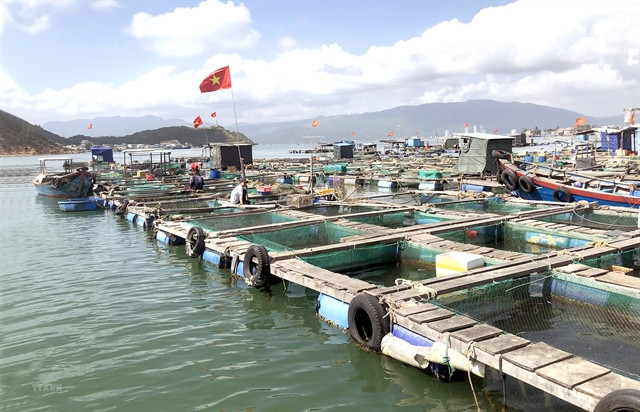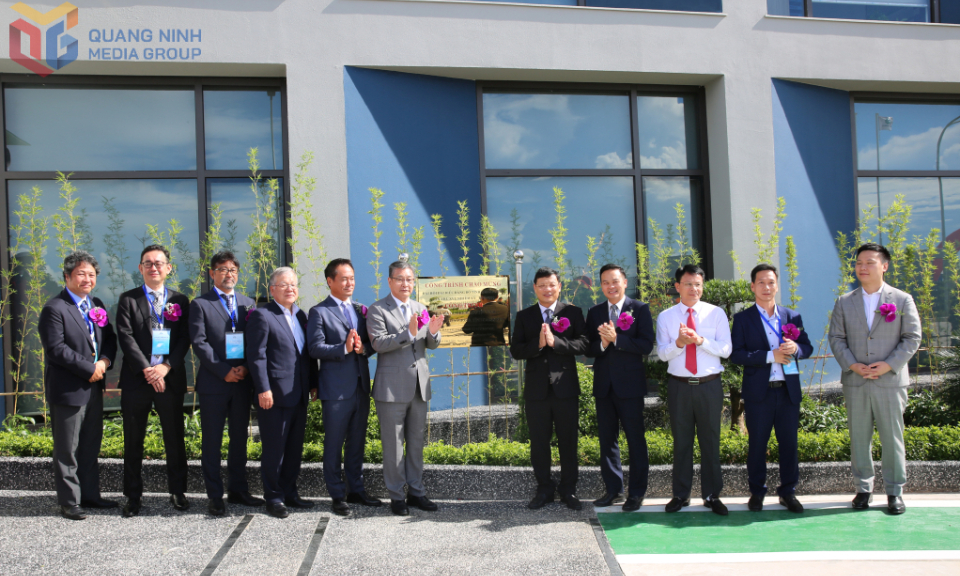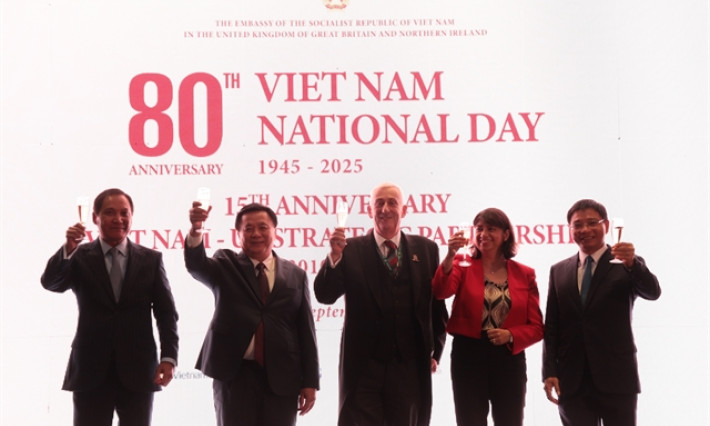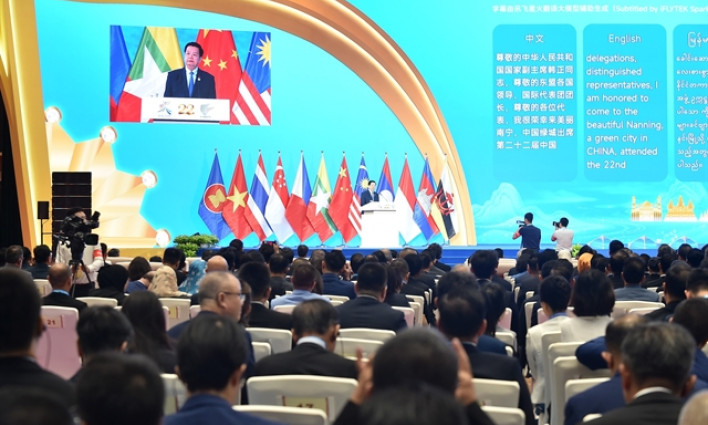Large potential for mariculture
The reduction of coastal marine exploitation was inevitable and nothing could replace it better than mariculture.
There was significant potential for Việt Nam to expand marine farming but the focus must be placed on establishing mariculture models which applied modern technologies and sustainable solutions, experts said.
Trần Công Khôi from the Vietnam Directorate of Fisheries under the Ministry of Agriculture and Rural Development, said at a workshop held by Vietnam Agricultural Extension Centre on Wednesday, that Việt Nam had around 500,000ha of water surface that could be used for marine farming, meaning that the potential of mariculture was huge.
Khôi said that the reduction of coastal marine exploitation was inevitable and nothing could replace it better than mariculture. He said that the potential for coastal exploitation was around 3.9-4 million tonnes while the exploited volume was 3.6 million, close to the threshold.
According to Nguyễn Hữu Dũng, President of Việt Nam Seaculture Association, although the potential was large, mariculture in Việt Nam was mainly of small scale run by farmer households with limited application of modern techniques and high risk to cause harms to the environment.
There was also a shortage of linkage in seaculture with no control over quality. In addition, it was difficult for farmers to access credit because their rafts were not recognised as mortgage assets.
Đặng Xuân Trường from the Vietnam Agricultural Extension Centre said that the application of modern technologies in marine farming still faced many difficulties, adding that many technologies were not suitable for the investment capacity of farmers and the situation of each region.
It also took time to change the awareness of farmers in marine farming and encourage them to switch to new models to increase efficiency and protect the environment, Trường said.
He added that it was also necessary to enhance linkage in the production of marine farming to reduce costs.
Sustainable solution
According to Dũng, the national marine spatial planning, which was the basis for the planning of mariculture, was behind schedule. The progress of approval of the planning must be sped up.
After that, there should be policies to call on farmers and companies to invest in mariculture and apply new technologies in farming. To do that, it was necessary to have stable planning and clear policies, she said.
It was also necessary to speed up the development of standards related to mariculture, he said.
Dũng added that there should be standards for rafts and allow farmers to use their rafts as collateral for bank loans.
Insurance products for mariculture should also be developed, he said.
Nguyễn Thị Hải Bình, general director of STP Group, said that the development of mariculture should be associated with tourism to increase added value for farmers and ensure environmental protection.
Establishing chains in mariculture in combination with tourism was a good model, she said.
Khôi agreed, said that it was a good idea to develop farming cities on the sea where tourists could visit. He said that solutions harmonise the development of tourism and aquaculture should be raised.
Khôi added that the focus should also be placed on expanding markets for products of mariculture. Each market had its own requirements, and the marine farming must strive to meet the requirements to be able to expand exports.






